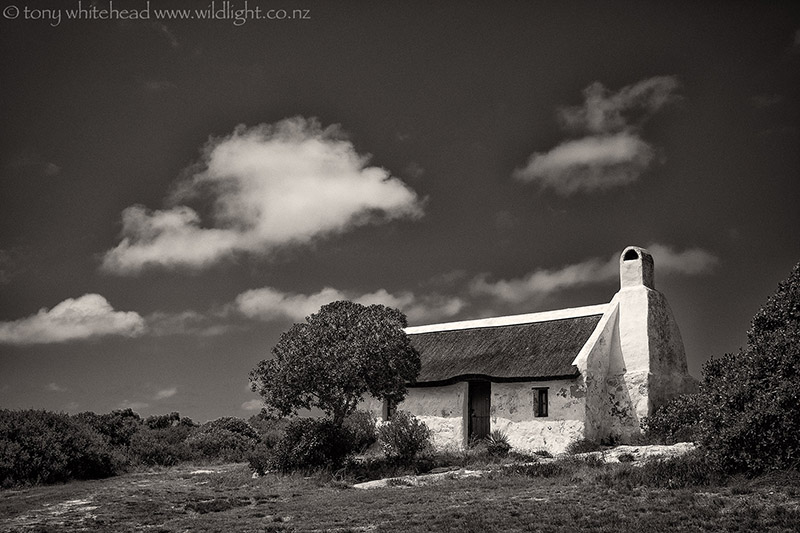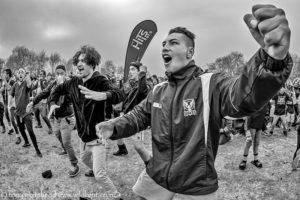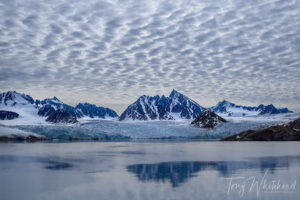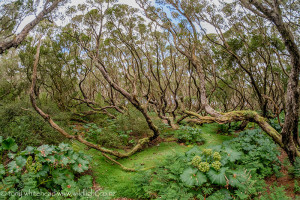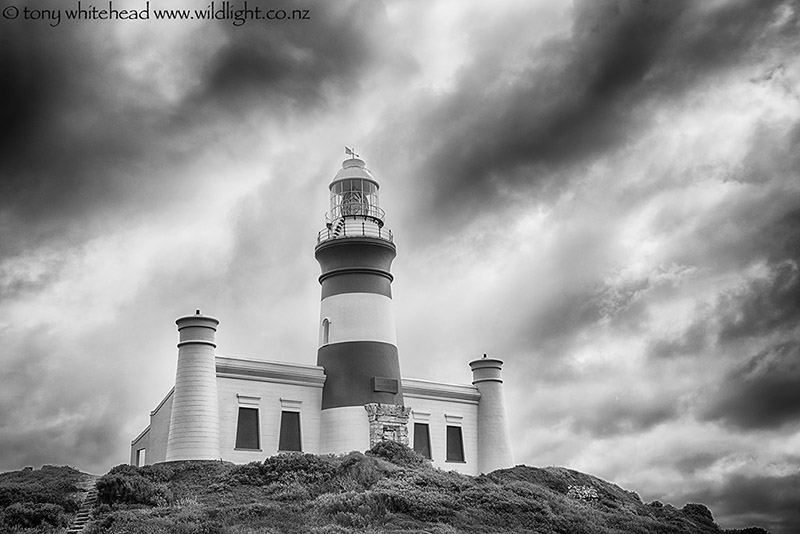
The howling wind that had followed us to Arniston continued through the night and into the next day. Our plan was to head to Struisbaai where we had gone to camp and windsurf after our final exams in 1983 and then on to Cape Agulhas so the children could see the southernmost point of Africa. Surprisingly the municipal campground at Struisbaai seemed little changed but with the wind whipping across the beach, the stinging sand had us moving on before too long. Heading on to Cape Agulhas we visited the stone marker indicating the divide between Indian and Atlantic oceans and then Edin and I explored around the Cape Agulhas lighthouse for some photos. The light wasn’t great and circumstances seemed best suited to an HDR to keep some drama in the clouds and detail in the lighthouse. A handheld 5 stop bracket tonemapped in Nik HDR Efex 2 and then converted to a B&W in Silver Efex Pro2 is the result shown here at the top of the post.
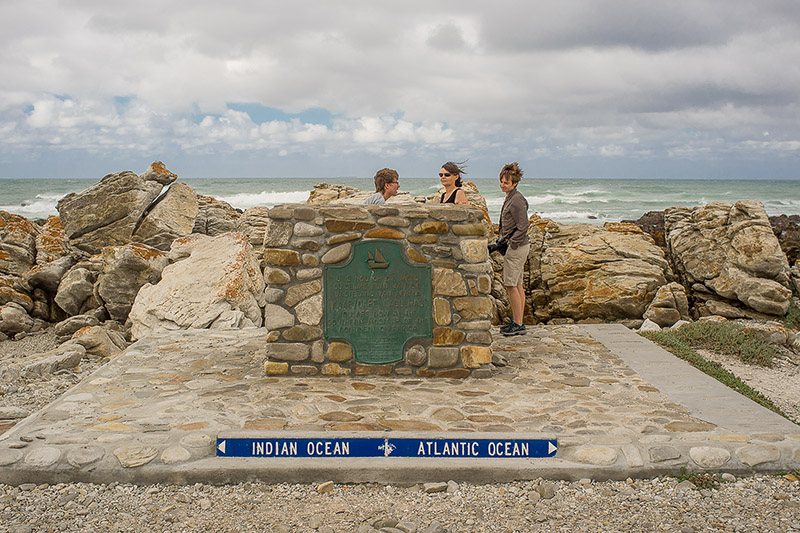
Heading back to Sruisbaai we decided on a late cooked breakfast at Pelican’s Harbour Cafe as we had been surviving on bread and jam since the previous evening. The winds had kept the fishing fleet in harbour which made a picturesque subject.
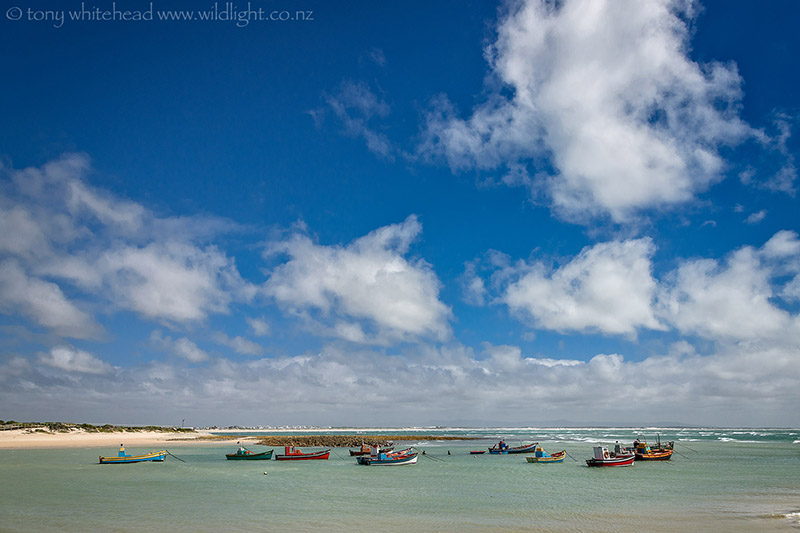
Heading back toward Arniston we stopped at Hotagterklip to photograph the traditional fisherman’s cottages. It was the one time I would have liked to have my Nikon D70s that I have converted for infrared photography but you can only take so much gear and, in retrospect, while the IR would have given the sky I wanted, it would have rendered the foliage white which would have detracted from the cottage. I was aiming for a high contrast B&W image and used my Fuji X100 in monochrome with red filter to achieve the image I was looking for.
